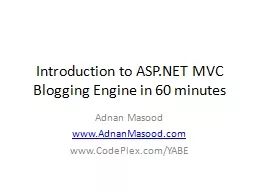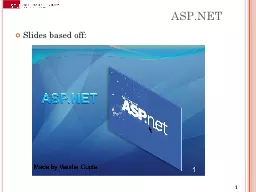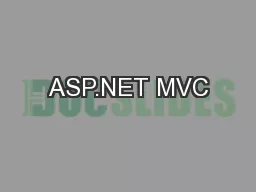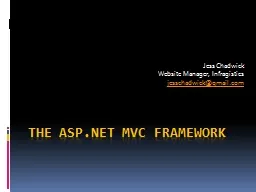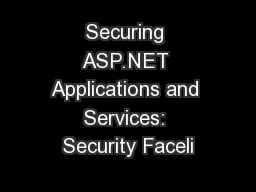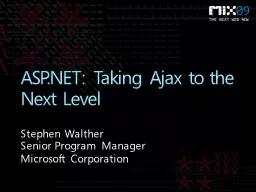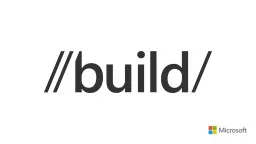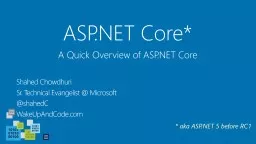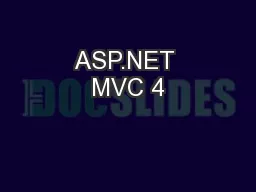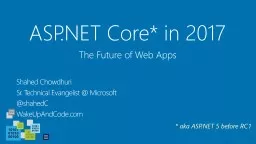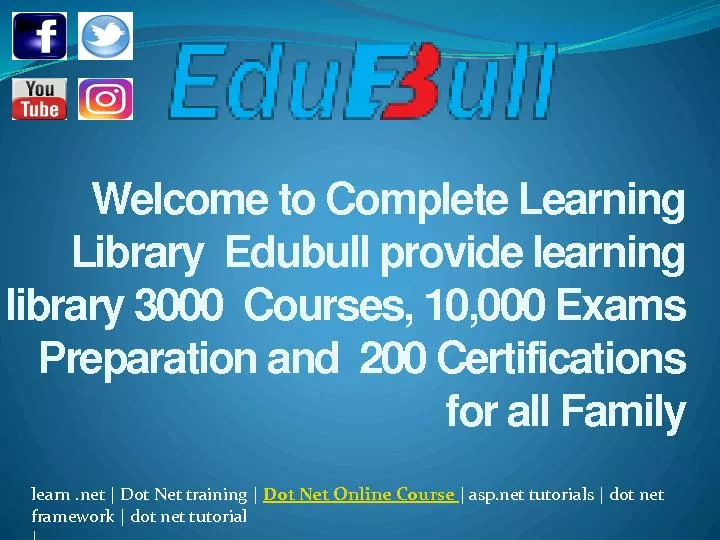PPT-Introduction to ASP.NET
Author : collectmcdonalds | Published Date : 2020-06-29
MVC Blogging Engine in 60 minutes Adnan Masood wwwAdnanMasoodcom wwwCodePlexcomYABE About Me aka Shameless Self Promotion Sr Software Engineer Tech Lead for Green
Presentation Embed Code
Download Presentation
Download Presentation The PPT/PDF document "Introduction to ASP.NET" is the property of its rightful owner. Permission is granted to download and print the materials on this website for personal, non-commercial use only, and to display it on your personal computer provided you do not modify the materials and that you retain all copyright notices contained in the materials. By downloading content from our website, you accept the terms of this agreement.
Introduction to ASP.NET: Transcript
Download Rules Of Document
"Introduction to ASP.NET"The content belongs to its owner. You may download and print it for personal use, without modification, and keep all copyright notices. By downloading, you agree to these terms.
Related Documents

